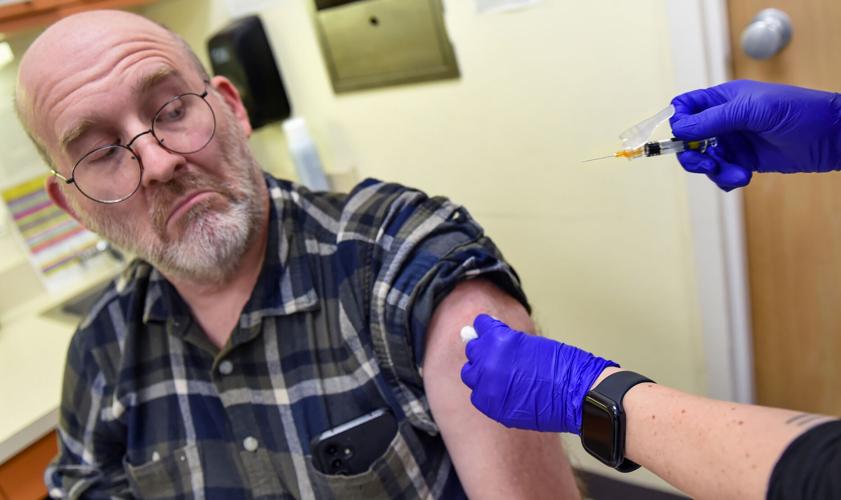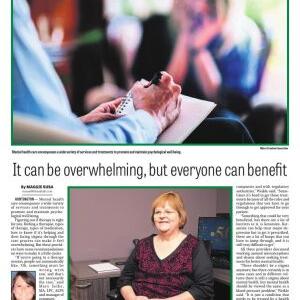Data shows there����ֱ���s been a recent surge statewide in respiratory infections, primarily influenza.
����ֱ���We are seeing one of our worst flu seasons in maybe 20 to 30 years now, depending on what part of the country you����ֱ���re in,����ֱ��� said Dr. Steven Eshenaur, health officer and executive director of the Kanawha-Charleston Health Department.
By the numbers
According to the West Virginia Department of Health����ֱ���s dashboard, there����ֱ���s a recent statewide trend where flu infections are rising while COVID-19 numbers are falling.
This surge has led to more emergency room visits throughout the state.
����ֱ���For the past week, the percentage of individuals seeking care for flu-like symptoms in emergency departments and urgent care offices has increased to over 5% of total visits,����ֱ��� said Ann Moore, director of communications for the West Virginia Department of Health. ����ֱ���Influenza activity is currently very high in the Mountain State.����ֱ���
Statewide, flu outbreaks ����ֱ��� which indicate a significantly higher-than-expected number of cases in a distinct area or population ����ֱ��� nearly doubled, increasing from 12 outbreaks to 23 from Feb. 1-Feb. 8. In the same time frame, the number of positive COVID-19 tests statewide almost halved, from 1,038 to 517.
The data indicates that Type A flu has been the dominant strain this year by a significant margin.
is collected using laboratory results confirmed by a physician and cannot account for those with the illness who remain at home.
As a practicing doctor, Eshenaur said there has been some strain in the emergency rooms where he works due to the number of flu patients, but it has not been overwhelming. His focus is preventing further infection.
If you have flu-like symptoms, Eshenaur recommends wearing masks, washing hands, and using hand sanitizer, even before confirming the diagnosis, because these illnesses can appear similar to one another.
����ֱ���Unfortunately, when you have a mixture of non-flu patients mixed with flu patients in your waiting room, it can generate the potential to spread the disease from person to person,����ֱ��� he said.
According to Eshenaur, RSV, COVID and the flu may all present upper respiratory symptoms, including a runny/stuffy nose and congestion. This season����ֱ���s flu cases have presented with a significant fever ����ֱ��� typically greater than 101.5 degrees. Plus, flu patients also have body aches all over, which is usually not the case with RSV and COVID patients.
Eshenaur emphasized the importance of vaccinating against respiratory illnesses, especially since they typically affect the youngest and eldest of the population so adversely. While it won����ֱ���t guarantee not getting sick, it will slow the spread and potentially make the illness less severe.
Also, because medications like Tamiflu work best when administered 24 hours after symptoms begin, the earlier patients receive treatment, the better.














